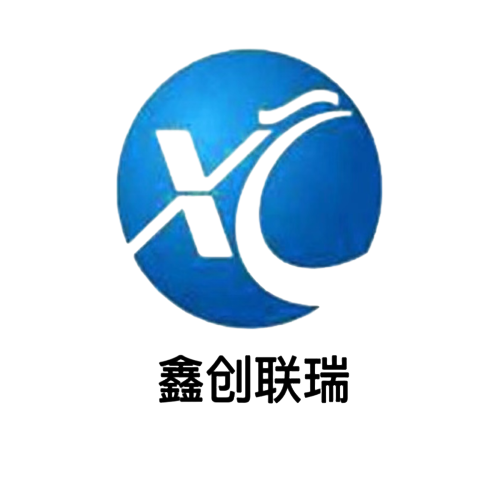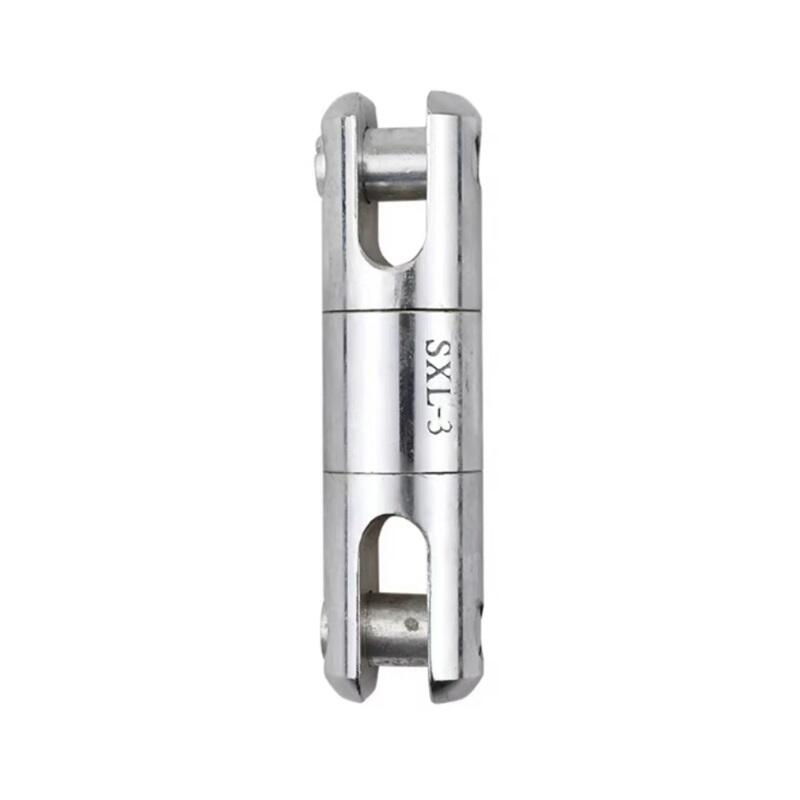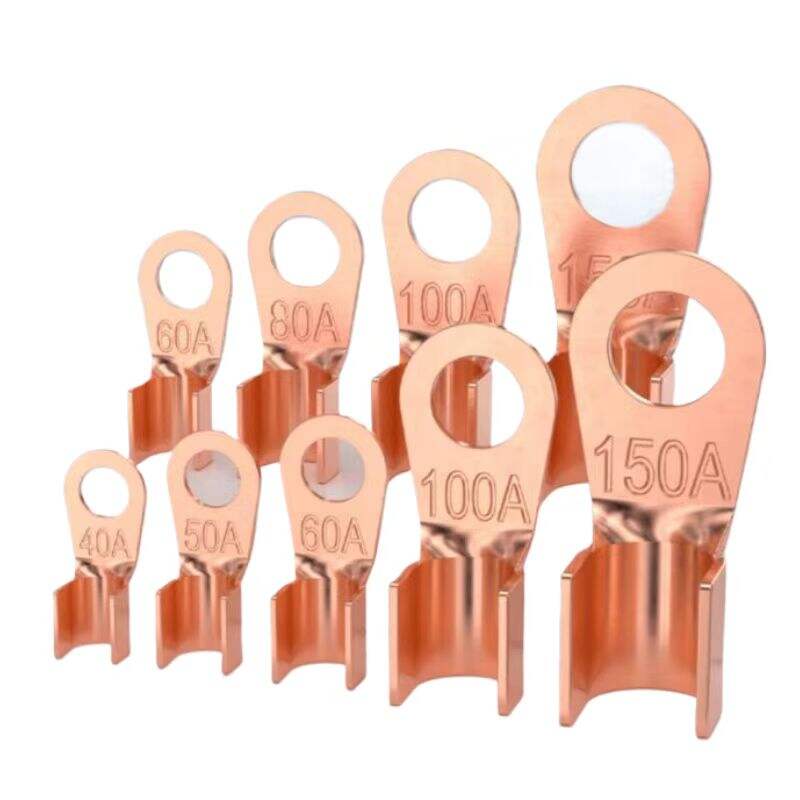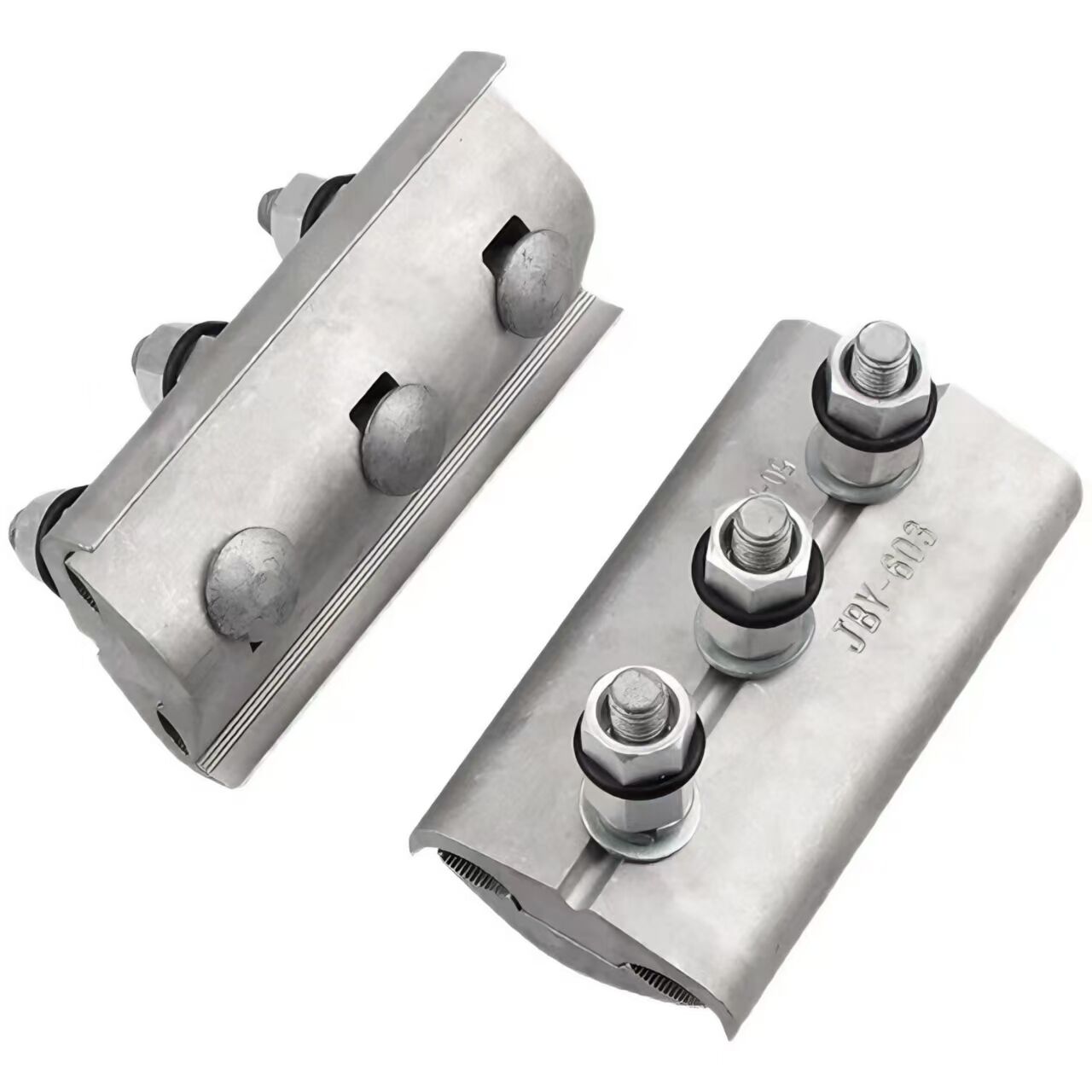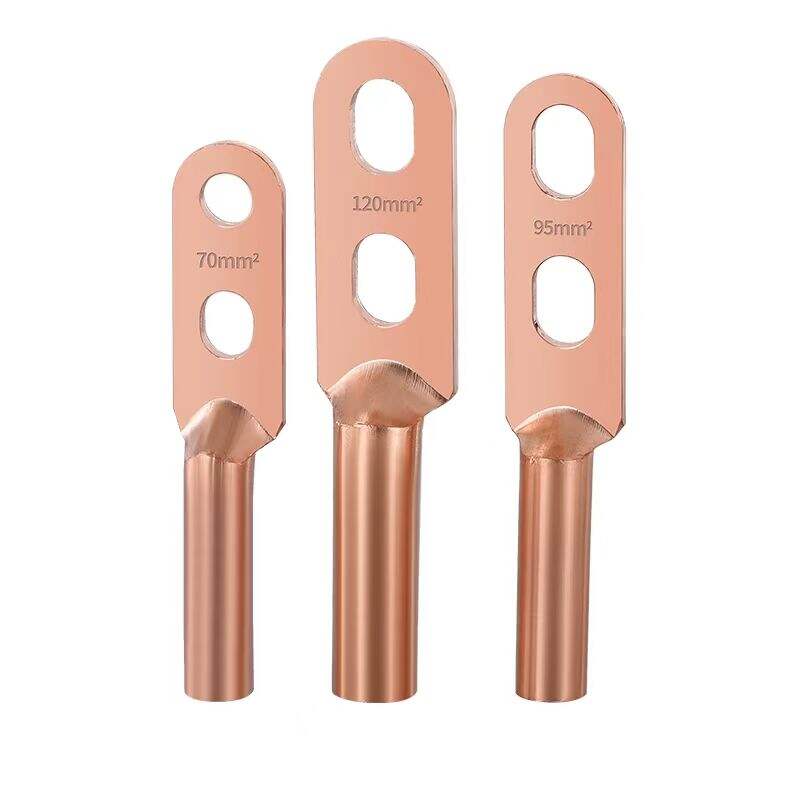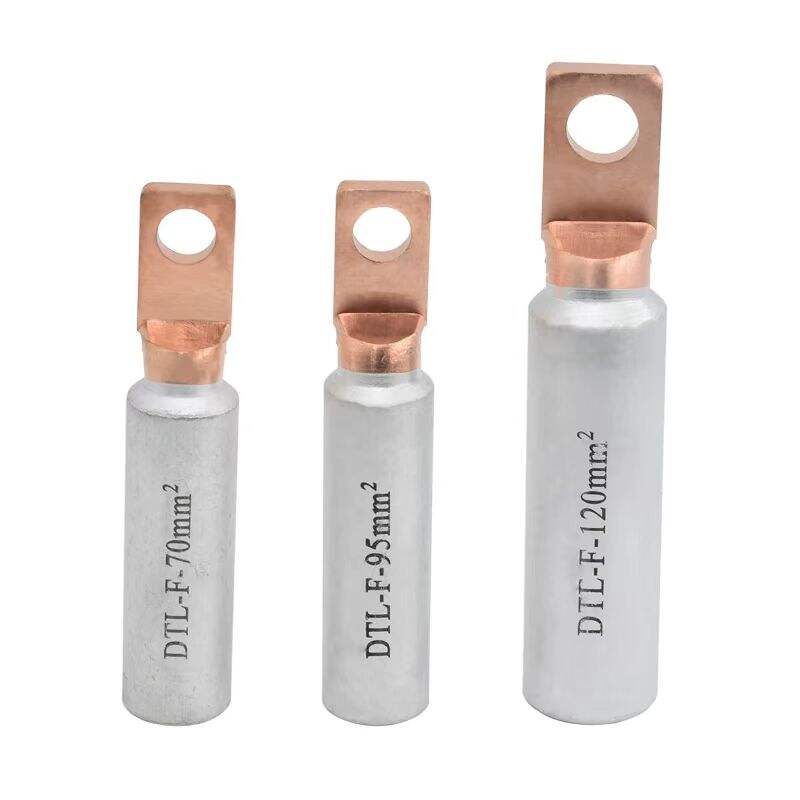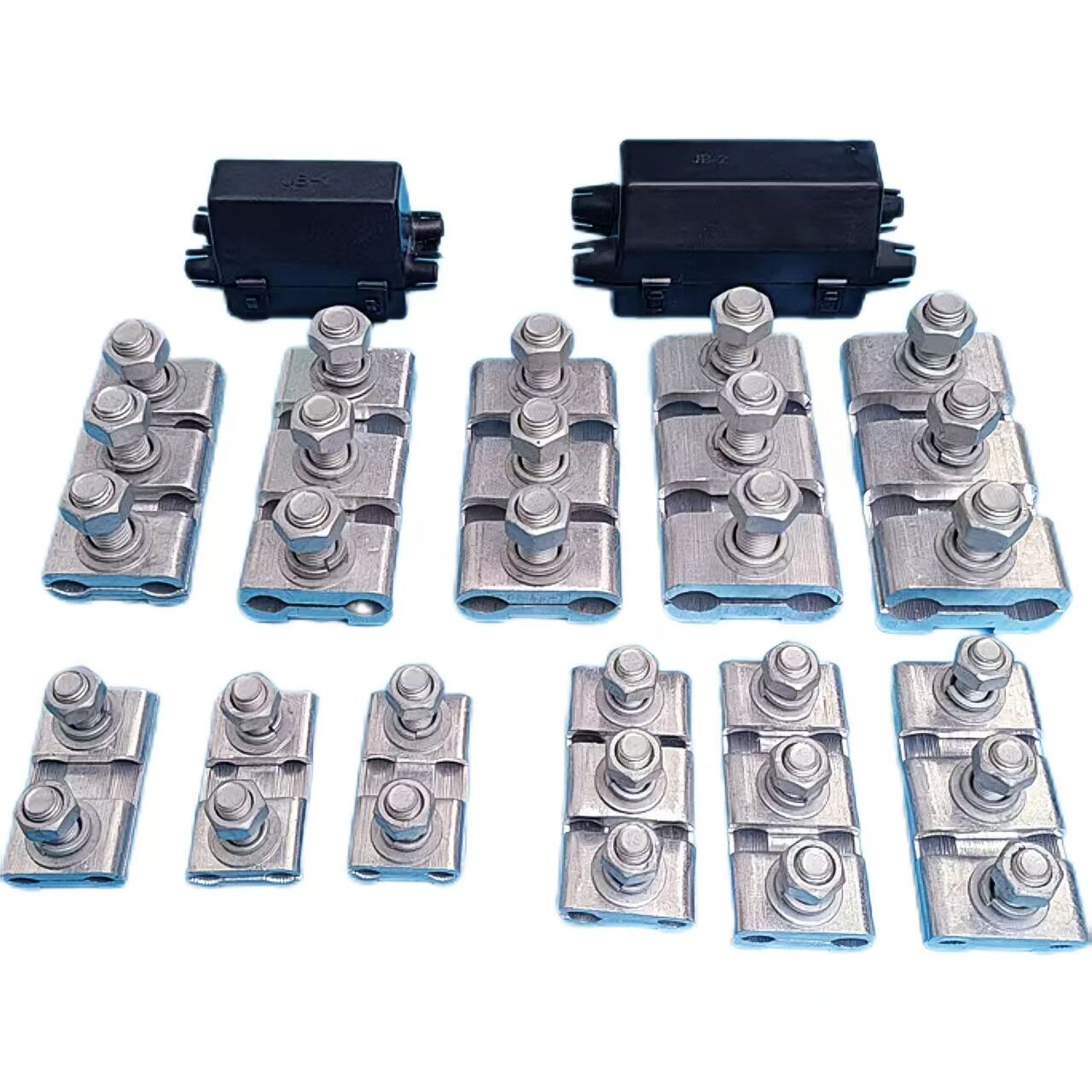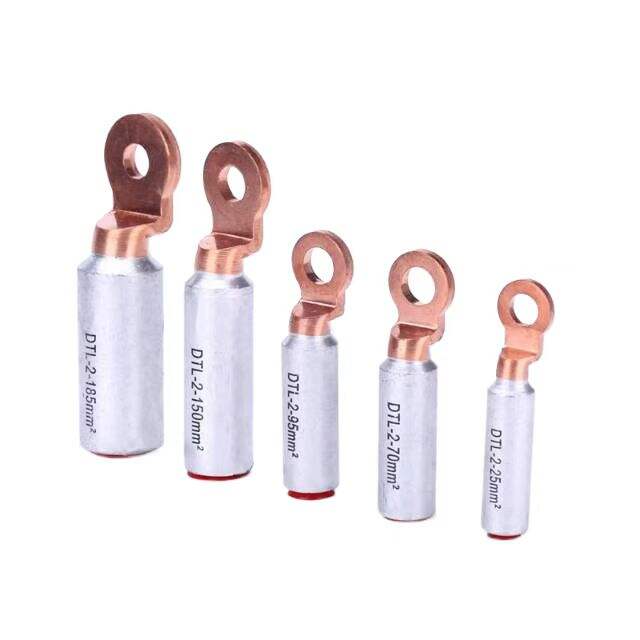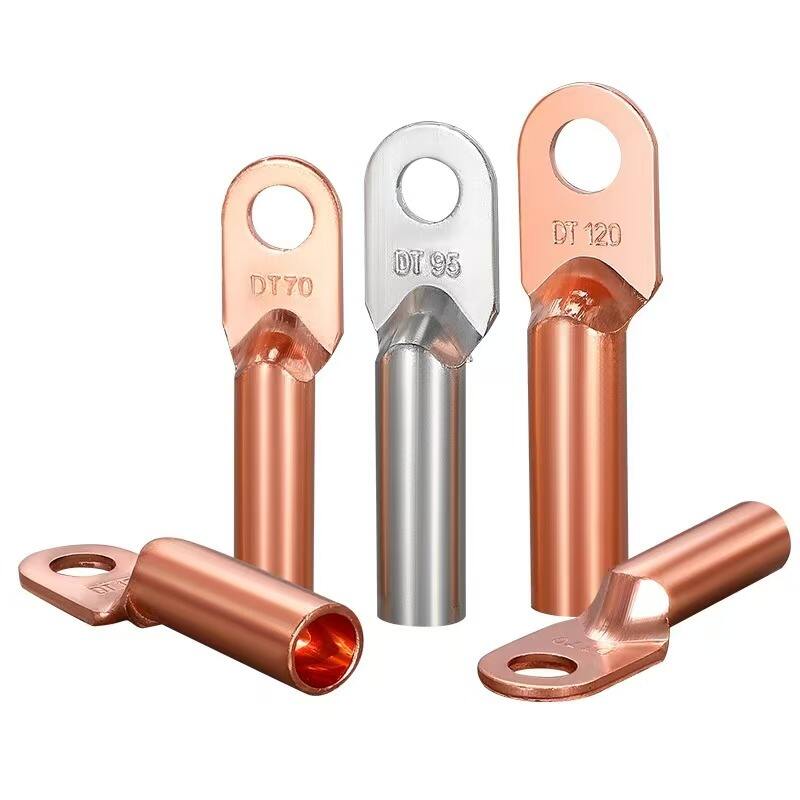1. Enhanced Equipment Performance
Enables relative rotation between interconnected components during operation, reducing damage caused by torsional stress and improving the overall reliability and stability of the equipment. By minimizing mechanical strain from twisting, it optimizes operational performance, extending the service life of connected systems
2. Adaptability to Complex Working Conditions
Capable of operating in diverse and harsh environments, such as high/low temperatures, humidity, or dusty conditions. Additionally, it can be customized to meet specific application requirements, making it suitable for specialized scenarios where standard connectors may fail. This versatility ensures consistent performance across varied operational demands.
3. Easy Installation and Maintenance
Featuring a rational structural design, it allows for straightforward installation and disassembly, facilitating equipment assembly, debugging, and post-installation maintenance. This reduces maintenance costs and downtime, as technicians can quickly access or replace the connector without specialized tools or extensive training, enhancing the efficiency of system upkeep in industrial and power engineering contexts.
 E-mail:
E-mail:

